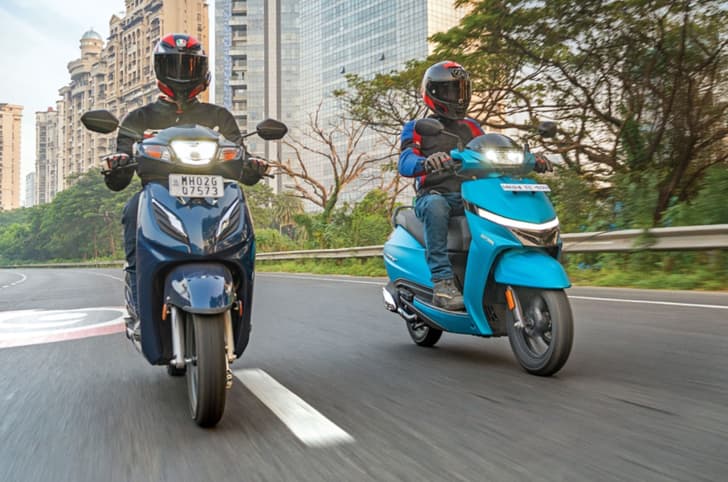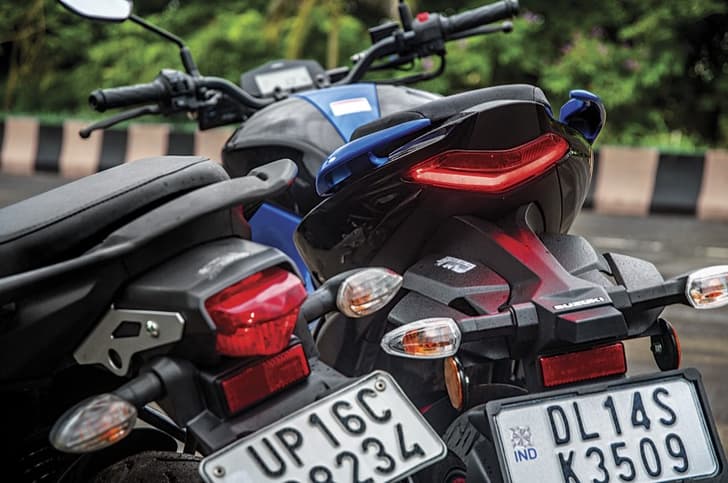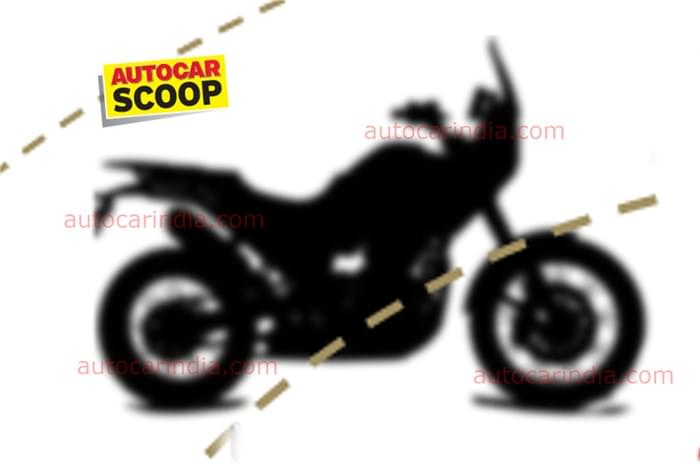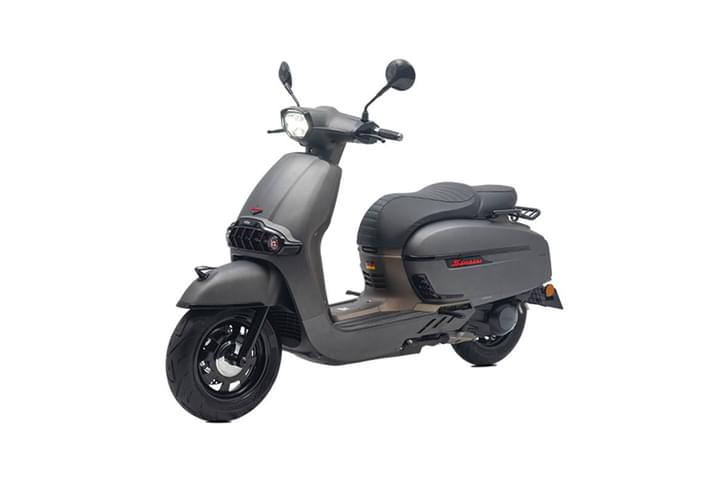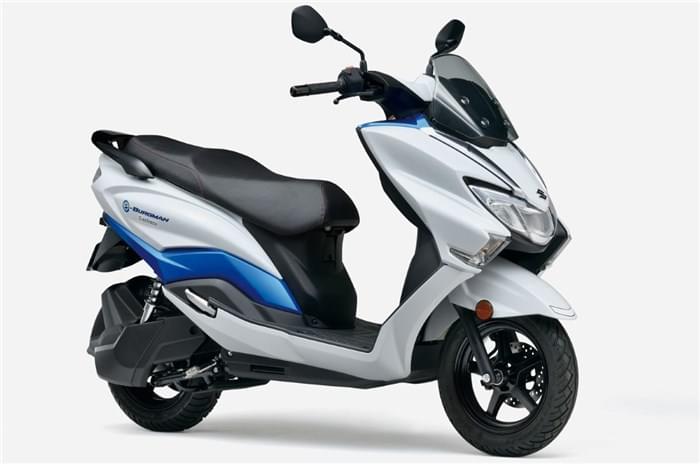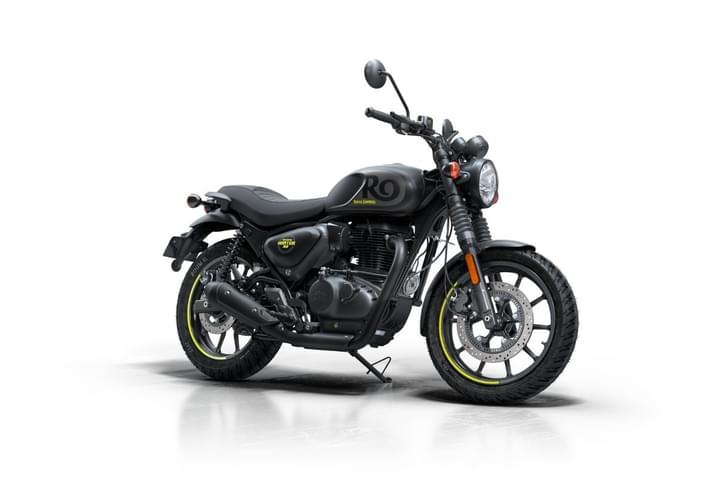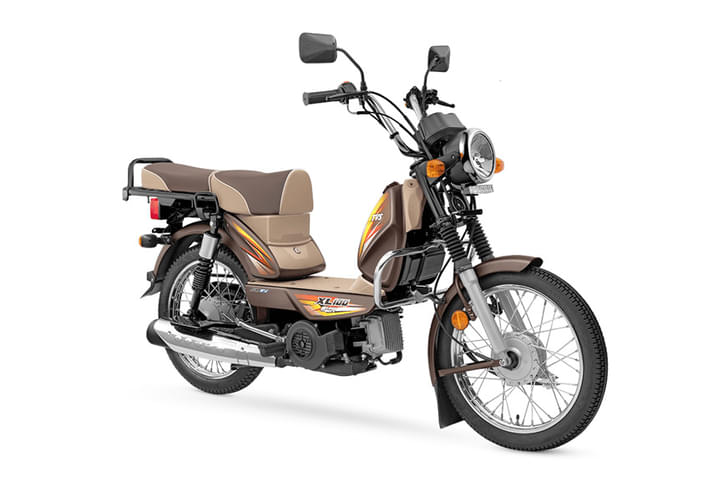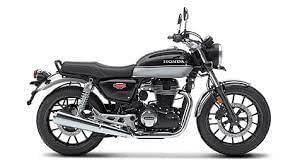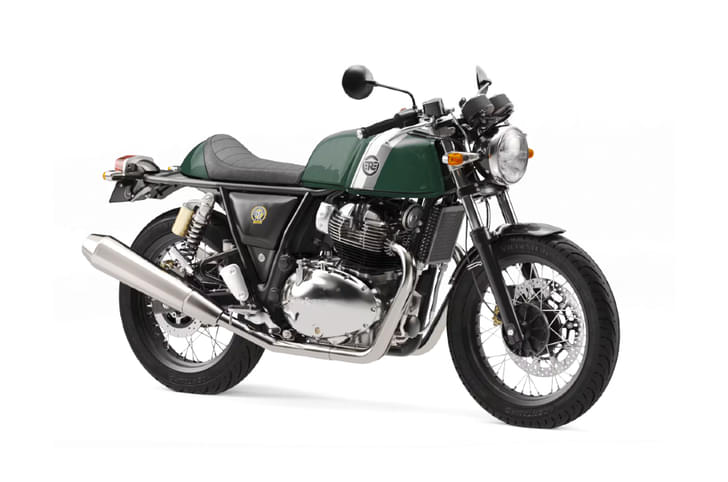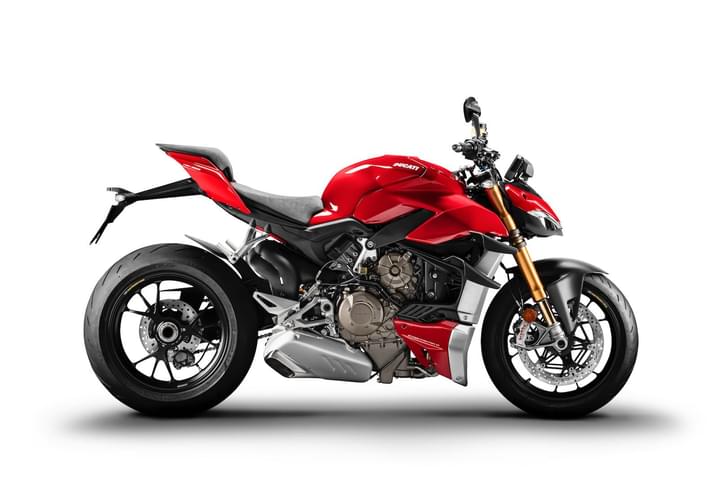The scooter market in India is steadily funnelling towards one particular segment – 125cc. They offer better performance and features than the lower-displacement options and cost far less than the exorbitant prices of the few 150cc options we have in our market right now. It’s for this reason that Yamaha decided to pull the plug on its 110cc engine for a new 125cc unit that would power its scooter line-up, including the all-new Fascino that you see here. We decided to set it up against two very popular scooters – the TVS Ntorq and the Suzuki Access – to see which one came out on top. Ideally, we’d have liked to see how the Honda Activa 125 and Hero Maestro Edge 125 would have fared in this comparison, but unfortunately, neither manufacturer had test bikes available.
Yamaha Fascino vs Suzuki Access vs TVS Ntorq: Design
The Access sports a familiar, rather conservative design. The example in these photographs is the ‘Special Edition’ that livens things up, but only slightly. It gets chrome-finished mirrors, matte-finished colour schemes (in comparison to the glossy colours on the standard model) and a contrasting burgundy- or beige-coloured seat. That marks the end of the visual differences and the Special Edition continues with the rest of the Access’ safe and mass-appeal design.

As someone who’s on the younger side of the age spectrum, I’m immediately drawn to the Ntorq’s sharp design, with all its prominent lines and edges. TVS has also paid a lot of attention to detail on this scooter. This is evident from the carbon-fibre finish around the switchgear and the bright red fan that cools the engine. This embellished iteration of the scooter you see here, the Race Edition, also features an LED headlight that houses a unique T-shaped DRL and some bold graphics that make it an even more enticing option.
Lastly, we have the Fascino, which, to be honest, sports a polarising design. It is unconventionally styled, as the Japanese manufacturer has taken a new approach, but it may not be to everyone’s liking. Look closely, and you’ll find that this new Fascino looks like an exaggerated version of the older model. The curves are more prominent and, depending on the colour scheme, Yamaha has used chrome or black plastic trims to accentuate them. Overall, this is a design you will either love or hate. For instance, I’m not a fan of the long, swooping rear end and the exaggerated V-shaped tail-lamp, but you could argue that it’s what makes the new Fascino unique.
Like I said, at the end of the day, looks are subjective, and the decision here is yours to make. Now, let’s take a look at something that isn’t subjective – the features list.
Yamaha Fascino vs Suzuki Access vs TVS Ntorq: Features
There’s no question about it. When it comes to technology, the Ntorq Δ has its competition beat and is unquestionably the most gizmo-loaded scooter here. In fact, it’s the most feature-packed IC-engine scooter in our market. Its crown jewel is the Bluetooth-enabled, digital instrument console. Granted, it’s no 7.0-inch TFT, but TVS claims that it’s packed with 60 features. Most of these, including navigation assist, caller ID and last-parked location, are accessed via the TVS Connect app. It even lets you set an automatic response for an incoming SMS!

In comparison, the Access and Fascino have much less fancy gadgetry to offer. The Fascino gets a side-stand-down engine-cutoff and silent-start system. It’s not as seamless as the one on the Honda scooters, but Yamaha claims a 16 percent increase in efficiency with it enabled; and we’ll get into that further on. The Access is similar, in this regard, and the fancy features it offers is limited to a push-start button. Both, the Suzuki and the Yamaha, use an analogue speedometer, but the Access has an additional little digital display for the odo, trip meters, fuel gauge and battery capacity. Its display is also bordered by a light strip that illuminates in different colours to indicate how efficiently you’re riding, but it’s not the most accurate and will take you a while to decipher what it’s trying to convey.

The Ntorq Race Edition and Access get LED headlights, while the Yamaha Fascino is only available with a halogen unit.
Beyond this, the Fascino is the only model here that doesn’t feature an LED headlamp, under-seat light or externally mounted fuel cap. Meanwhile, the Ntorq also features an engine kill switch, a pass-light switch, and is the only one with an under-seat light and USB charging point as standard (the Access gets one on the Special Edition and the Fascino offers it as an accessory).
In terms of features, the Access and Fascino don’t stand a chance against the Ntorq.
Yamaha Fascino vs Suzuki Access vs TVS Ntorq: Engine and performance
Right, let’s get moving. On paper, there’s very little separating these three. All their engines are of near-identical displacement and their peak power and torque output figures are separated by just over 1hp and under 1Nm, respectively. However, our performance runs go to show that sometimes numbers on paper don’t always paint a clear picture.
Let me elaborate. TVS managed to tune the BS6 Ntorq to produce the same peak output figures as its BS4 predecessor, and those happen to be the highest numbers here. So, you’d expect the scooter to be just as spirited and high-performing, but that isn’t the case. The Ntorq was slowest to hit 60kph and 80kph, and it couldn’t match the other two in the roll-on tests either. This is quite disappointing, as the old Ntorq was extremely fun to ride because of how easily it picked up speed, especially above 50kph. Nevertheless, there is a silver lining to this, and I’ll get to that in a bit.
Now, let’s take a look at how the newest entrant to this list fared. The new Fascino makes the least power and torque here. However, it’s over 0.6sec quicker to 60kph than the Ntorq; and at 80kph, that advantage stretches to nearly 2sec. In fact, of the scooters here, it’s the quickest to get to 80kph. So, what has resulted in this disparity between the specifications and real-world performance? Largely, the weight. At 99kg, the Fascino is 4kg lighter than the Access and a whole 19kg lighter than the Ntorq.
That brings us to the Access. It produces less power and torque than the Ntorq, but the weight advantage over the TVS, and the power and torque over the Yamaha, have resulted in it boasting the quickest acceleration here. The Access surges forward with the least hesitation and it’s the easiest to have fun with on every short open stretch you may find amidst traffic.
So, in terms of performance, the Access comes out on top.
| Performance | |||
|---|---|---|---|
| Yamaha Fascino | Suzuki Access 125 | TVS NTorq 125 Race Edition | |
| 0-60kph | 8.41s | 8.08s | 9.06s |
| 0-80kph | 16.84s | 17.26s | 18.69s |
| 20-50kph | 4.57s | 3.86s | 4.70s |
| 30-70kph | 10.52s | 9.55s | 12.72s |
| 50-80kph | NA | 12.48 | NA |
| 60-0kph | 17.43m | 17.38m | 16.33m |
Yamaha Fascino vs Suzuki Access vs TVS Ntorq: Handling and ride quality
While the TVS isn’t as spirited as it was in terms of performance, it still holds its edge when it comes to handling. The Ntorq is the only one here with 12-inch wheels at both ends (the others get 10-inch rears) and as a result of this, is the most stable scooter here at high speeds and while cornering. The engaging ride that this translates to makes up for the lack in performance – you can still have heaps of fun on this scooter. Even in terms of ride quality, the Ntorq does quite well. The suspension is comfortably set, a little towards the softer side, and the seat feels plush over short distances. On the flip side, the seat cushioning is relatively thin; and over a long day on the saddle, it does get uncomfortable.

The same goes for the Yamaha. The seat is nice and spongey, but you’ll find that, over a long day, you sink a little too deep, making it the least comfortable among the three. Combine that with the stiffest suspension setup here, and the Fascino doesn’t shine in the ride quality department. Having said that, it is by no means uncomfortable; it’s just the least favourable of the lot.
And again, that leaves us with the Access, which comes out on top over here, too. The seat is a tad on the firmer side and will, ironically, be the gentlest on your backside. The Access also boasts of a very impressive suspension setup that soaks up most smaller potholes without breaking a sweat.
In terms of braking, our tests showed that Ntorq’s brakes brought it to a halt from 60kph in the shortest distance. This is no surprise, considering that it has the largest front disc here. The other two fared decently well, too, but braking on the Fascino feels a little dull at the lever.
Yamaha Fascino vs Suzuki Access vs TVS Ntorq: Practicality and pillion comfort
Scooters are extremely popular, largely because of how convenient they are. They cater to the widest demographic and practicality plays a huge role in the buying process. They’re also the most family-oriented two-wheelers out there – multiple members of the family can ride them, and sometimes, the entire family can be found on one.

For this reason, factors like seat height, under-seat storage and pillion-seat comfort play an important role. With respect to the first two, there’s almost nothing that separates these three scooters. Their seat heights are all under 800mm, making them very accessible, and they all offer 21-22 litres of under-seat storage – still not enough for a full-sized helmet, but all you’ll need for the weekly grocery run. Should you find yourself with an extra bag, all three scooters have a little hook on the inner side of the apron that you can latch it onto, while the Suzuki has one in front as well. However, using this hook will amplify one of the biggest issues on the Fascino and that is the cramped footboard. Taller riders will also find that the scooter’s handlebar comes in contact with your knees during tight manoeuvring. This happens on the Access as well, but its not as severe; and if you have a large body frame, the Ntorq’s ergonomics will probably suit you best.

I also hopped onto the pillion seat of all three scooters to see which one felt the best, and the Access came out on top here too – there’s ample room and your feet are in a relaxed position. The Fascino came in a very close second, only because it had slightly less space to offer. The most uncomfortable, undoubtedly, was the Ntorq. I found myself sitting on the very edge of the seat, which is also where it’s the firmest. The foot-peg position is the least comfortable too and I found my knees were quite close to the rider’s elbows.

Yamaha Fascino vs Suzuki Access vs TVS Ntorq: Fuel efficiency
Like I’d mentioned earlier, the TVS’ drop in performance has come with a silver lining – an increase in fuel efficiency. Our fuel-efficiency (FE) runs showed that the new Ntorq returns noticeably more kilometres to the litre than its predecessor. Unfortunately, this is a rather short-lived victory, as it is still the least fuel-efficient option here. The Access fares slightly better, while it’s the Fascino that was the most efficient. Yamaha has claimed that the start-stop system increases efficiency by 16 percent and it certainly seems to have made a difference in our FE runs. However, the Fascino’s start-stop system is slow to respond, which gets irritating in traffic, and we kept it turned off after the efficiency tests were done. It’s also worth mentioning that the city figures you see here are a bit better than they normally would be because there isn’t as much traffic on the roads these days.
| Fuel efficiency (kpl) | |||
|---|---|---|---|
| Yamaha Fascino | Suzuki Access 125 | TVS Ntorq 125 Race Edition | |
| City | 57.08 | 56.42 | 52.66 |
| Highway | 64.2 | 60.7 | 57.69 |
Verdict
So, there you have it. Three scooters that are similar in some regards and vastly different in some others. Usually, price also plays a significant role in the decision-making process, but today, there’s almost nothing separating these three. All three drum-brake versions cost about Rs 68,000 and all three disc-brake versions (which we’d recommend) are about Rs 71,000. The SE and Race Edition cost a little more, priced at Rs 73,400 and Rs 74,365, respectively.
The decision comes down to what you’re looking for and what you’re willing to compromise on. Me, I’d pick the Ntorq purely for how it looks, the fact that it’ll allow me to carry more speed and stability into a corner and also because it’s the most accommodating for my height. But, I realise, you may not be as selfish or impractical as I am. The Access and Fascino, both, offer better outright performance and fuel-efficiency, and are also better options if you’d like a couple of inches of space between your passenger and you. However, the Fascino is not as comfortable, which puts the Access on top. It meets all the criteria with the least amount of compromises and, for that reason, it is the scooter that wins this comparison.

| Specifications | |||
|---|---|---|---|
| Yamaha Fascino | Suzuki Access 125 | TVS Ntorq 125 Race Edition | |
| Price (ex-showroom, Delhi) | Rs 68,730 (drum) / Rs 71,230 (disc) | Rs 68,800-73,400 | Rs 67,885-74,365 |
| Engine | Single-cylinder, 125cc, fuel-injected | Single-cylinder, 124cc, fuel-injected | Single-cylinder, 124.8cc, fuel-injected |
| Power | 8.2hp at 6500rpm | 8.7hp at 6750rpm | 9.4hp at 7000rpm |
| Torque | 9.7Nm at 5000rpm | 10Nm at 5500rpm | 10.5Nm at 5500rpm |
| Power-to-weight ratio | 82.82hp/tonne | 84.4hp/tonne | 79.6hp/tonne |
| Wheelbase | 1280mm | 1265mm | 1285mm |
| Ground clearance | 145mm | 160mm | 155mm |
| Kerb weight | 99kg | 103kg (alloy)/104kg (steel wheel) | 118kg |
| Seat height | 780mm | 773mm | 770mm |
| Fuel tank | 5.2 litres | 5 litres | 5.8 litres |
| Under-seat storage | 21 litres | 21.8 litres | 22 litres |
| Front suspension | Telescopic fork | Telescopic fork | Telescopic fork |
| Rear suspension | Monoshock | Monoshock | Monoshock |
| Front brake | 190mm disc/130mm drum | 190mm disc/130mm drum | 220mm disc/130mm drum |
| Rear brake | 130mm drum | 120mm drum | 130mm drum |
| Tyre size (front) | 90/90-12 | 90/90-12 | 100/80-12 |
| Tyre size (rear) | 110/90-10 | 90/100-10 | 110/80-12 |


